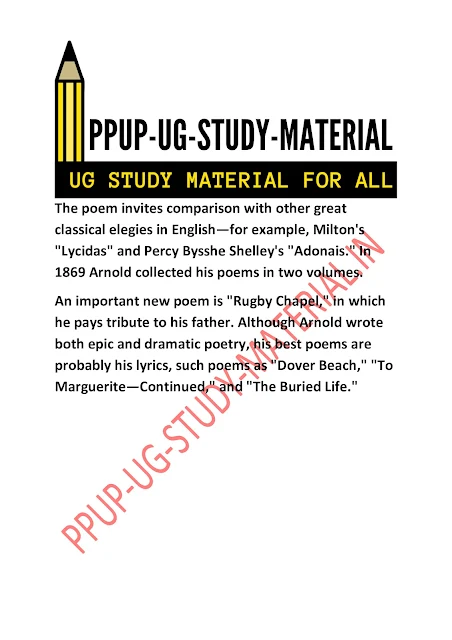Note on the Life and Works of Matthew Arnold pdf download - ppup part 1 english honours notes and study material pdf
[ Note on the Life and Works of Matthew Arnold pdf download | ppup part 1 english honours notes and study material pdf ]
In this BlogPost we'll cover These Topics - ppup part 1 english honours notes and study material pdf, PPUP part 1 english honours ug study material download, PPUP part 1 english honours ug study material free, PPUP part 1 english honours ug study material online, PPUP part 1 english honours ug study material pdf, PPUP part 1 english honours ug study material quora, patliputra university guess paper 2024 pdf, Matthew Arnold famous works, Matthew Arnold biography PDF, Matthew Arnold as a Victorian poet, Matthew Arnold writing style, Matthew Arnold works, Matthew Arnold as a critic, Matthew Arnold introduction, Matthew Arnold education, Matthew Arnold famous works, The Study of poetry by Matthew Arnold pdf, The Study of poetry by Matthew Arnold summary pdf, Matthew Arnold introduction, Matthew Arnold as a poet









No comments